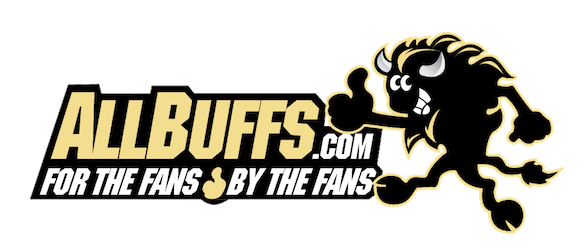Football


Wrigley Field football configuration with extra bleacher seats in right field
The
Chicago Bears of the
National Football League played at Wrigley Field from 1921 to 1970 before relocating to
Soldier Field.
The football field ran north-to-south, i.e. from left field to the foul side of first base. The remodeling of the bleachers made for a very tight fit for the gridiron. In fact, the corner of the south end zone was literally in the visiting baseball team's dugout, which was filled with pads for safety, and required a special ground rule that sliced off that corner of the end zone. One corner of the north end line ran just inches short of the left field wall.
There is a legend that Bronko Nagurski, the great Bears fullback, steamrolled through the line, head down, and ran all the way through that end zone, smacking his leather-helmeted head on the bricks. He went back to the bench and told Coach "Papa Bear" George Halas, "That last guy gave me quite a lick!" That kind of incident prompted the Bears to hang some padding in front of the wall.
On April 22, 2010, it was announced that the Northwestern Wildcats and the Illinois Fighting Illini will play a collegiate football game at Wrigley Field on November 20, 2010. It will be the first football game at Wrigley Field since 1970 and the first collegiate football game at Wrigley Field since 1938 where DePaul University played their regular games at Wrigley.[9] The field will use an east/west field configuration (home plate to right field). In order to keep the playing field at regulation size, the safety clearances for each end zone to the walls in the field is considerably less than normal. In particular, the east/right field end zone came under scrutiny as its end zone was wedged extremely close to the right field wall (as close as one foot in some areas), forcing the goal posts to be hung from the right field wall in order to fit. Despite extra padding provided in these locations, it was decided that all offensive plays for both teams will play to the west end zone, where there is more safety clearance. (The east end zone could still be used on defensive and special teams touchdowns, as well as defensive safeties.)[10]

